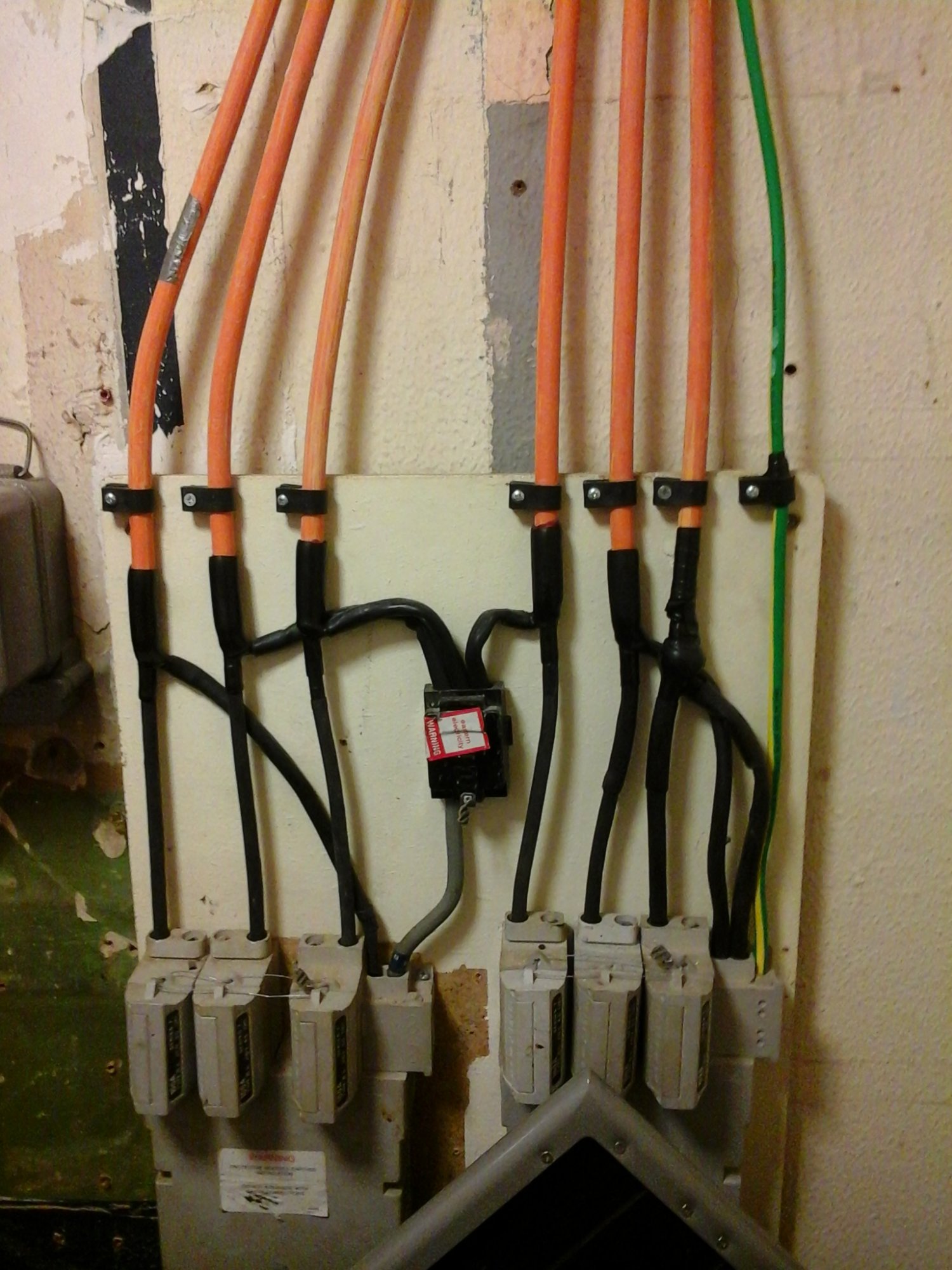I presume that you're right, because the (directly) 'earthed metallic covering' (as required in such a situation) of the live conductors is 'incomplete' (i.e. not a complete 'covering').However (i may be wrong here) my understanding is that under the 17th/18th edition it doesn't comply with the rules for non-RCD protected concealed cables, so it's not such a good choice nowadays.
Kind Regards, John



